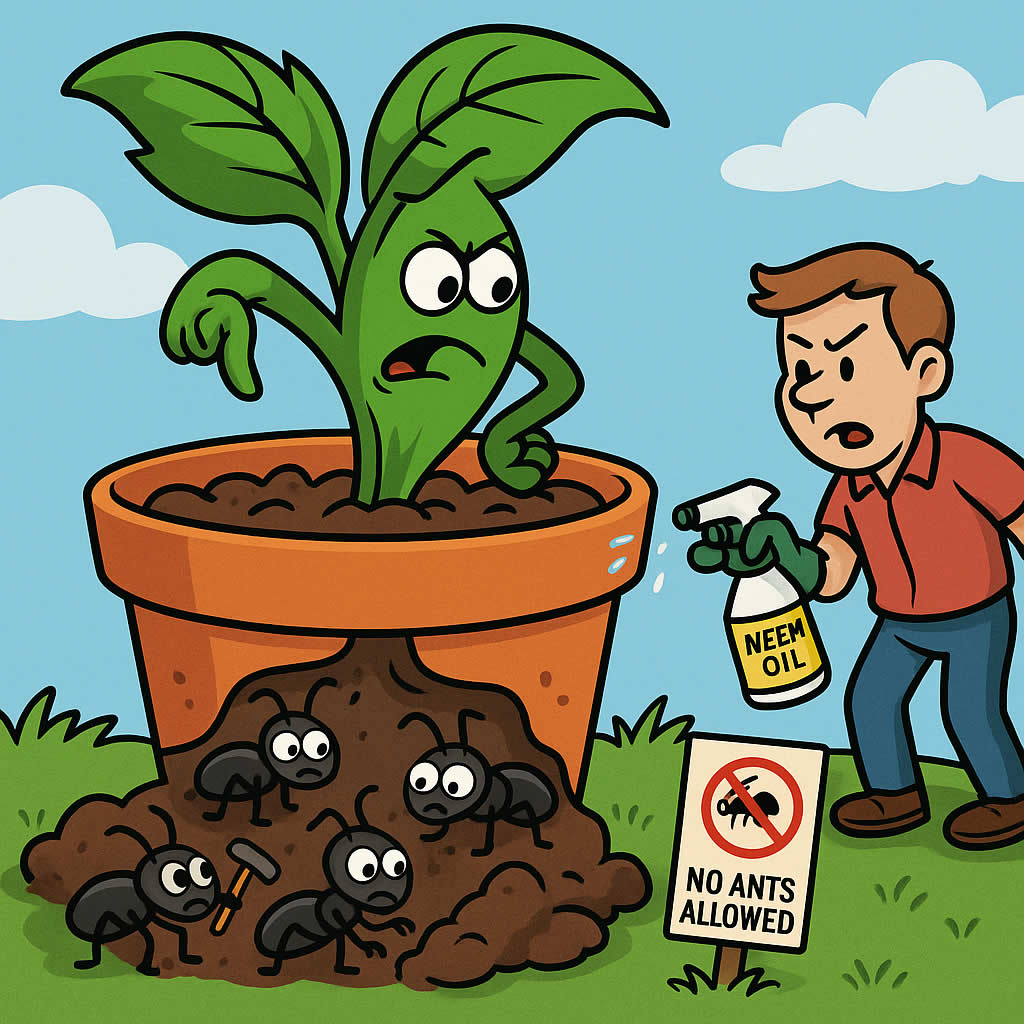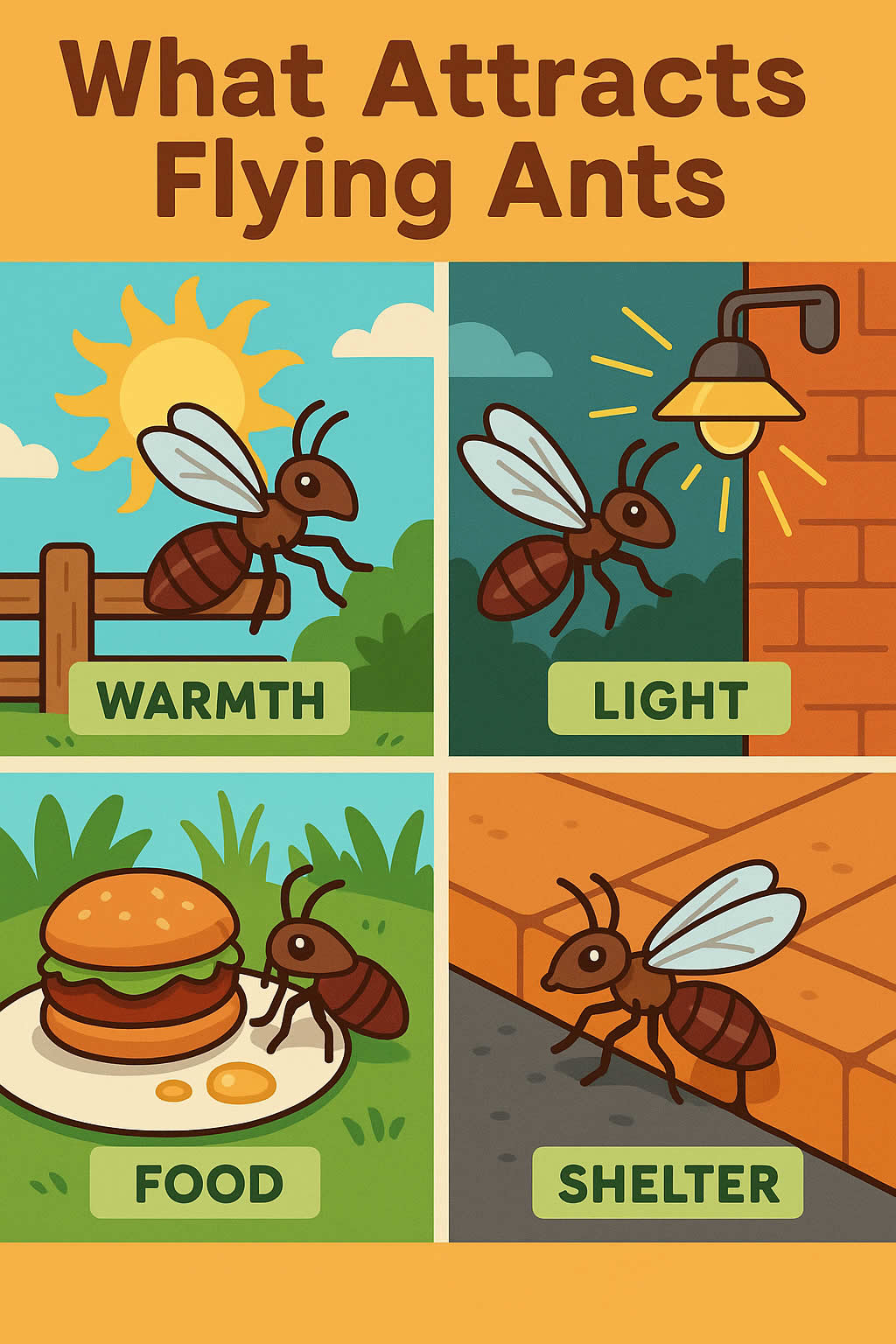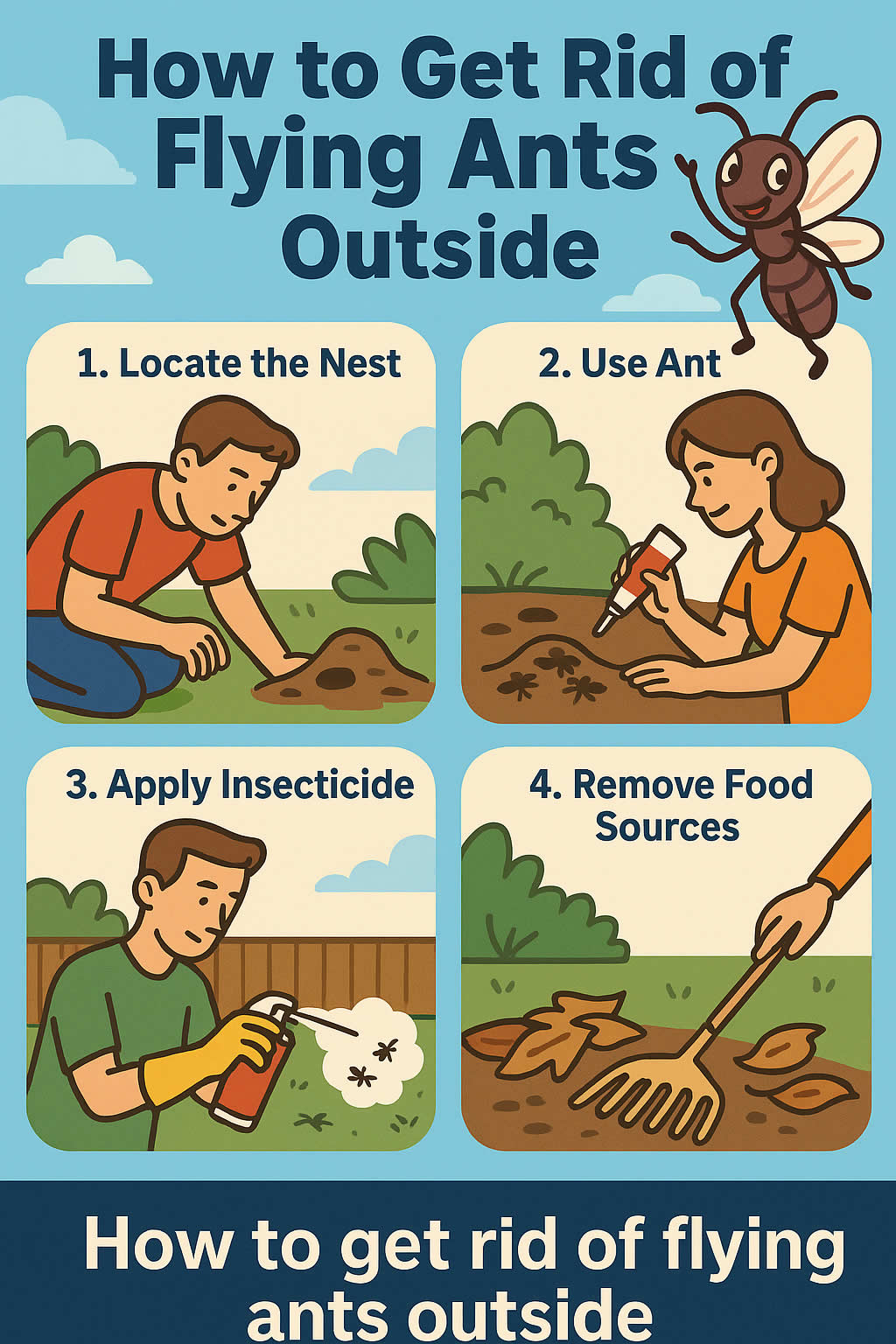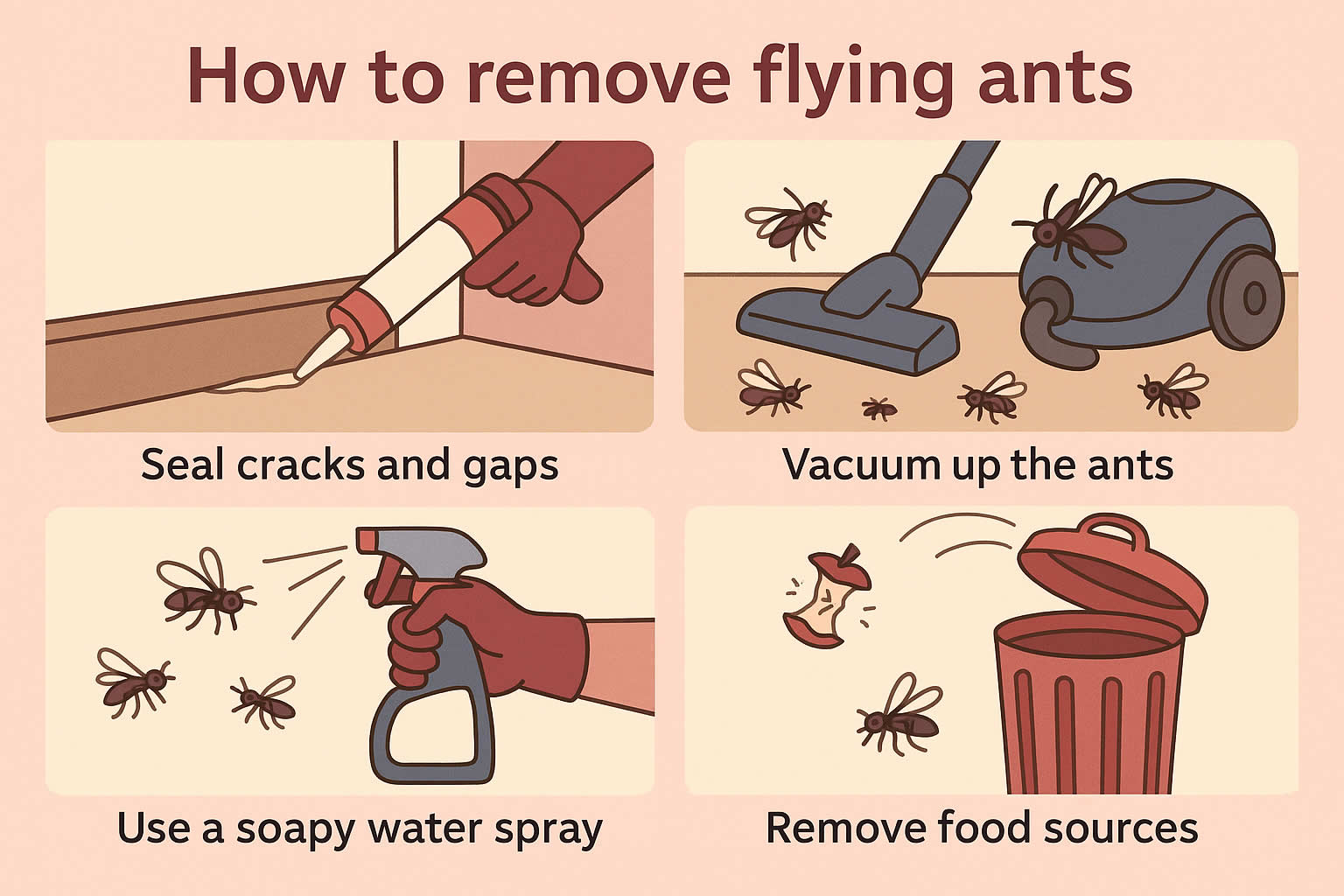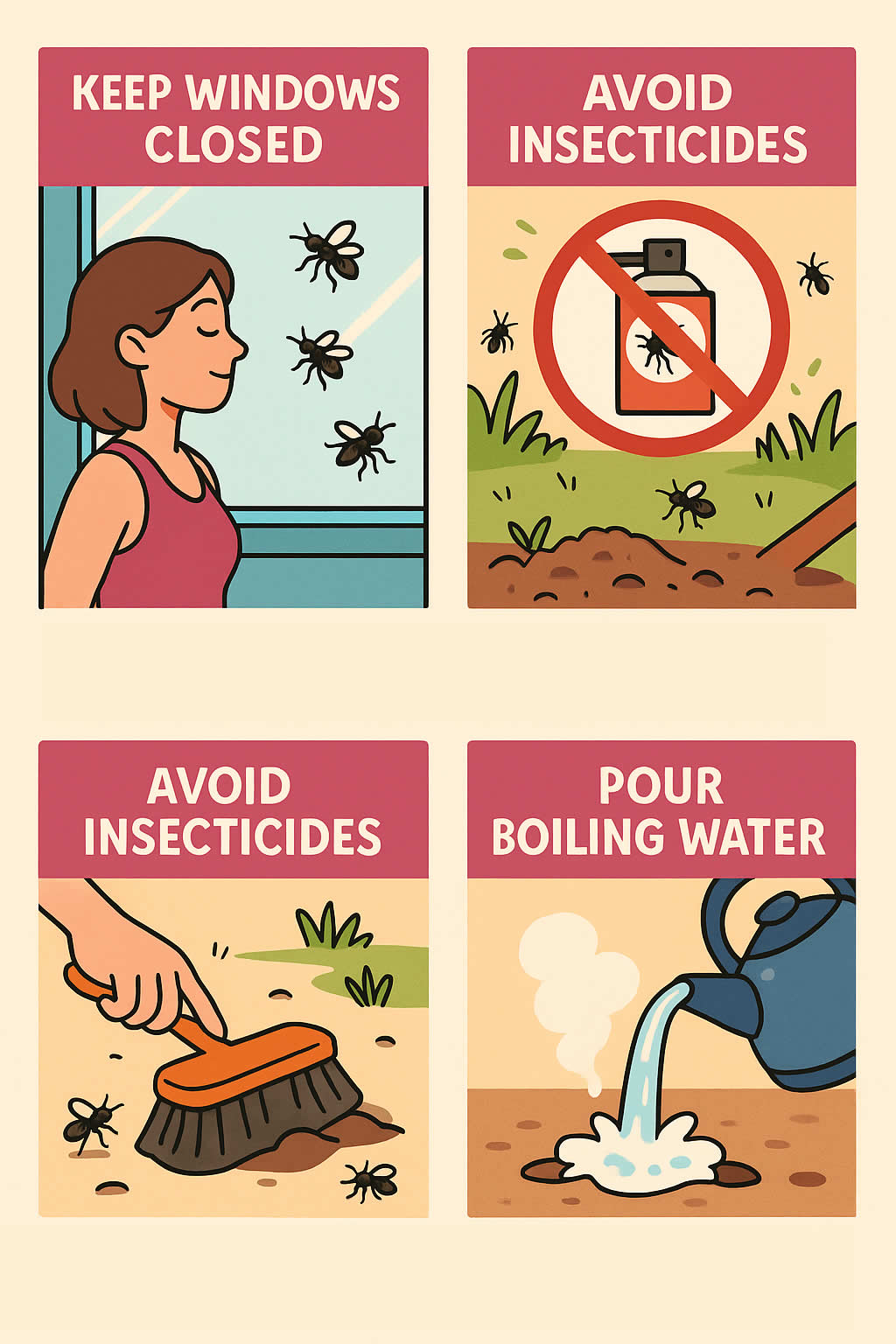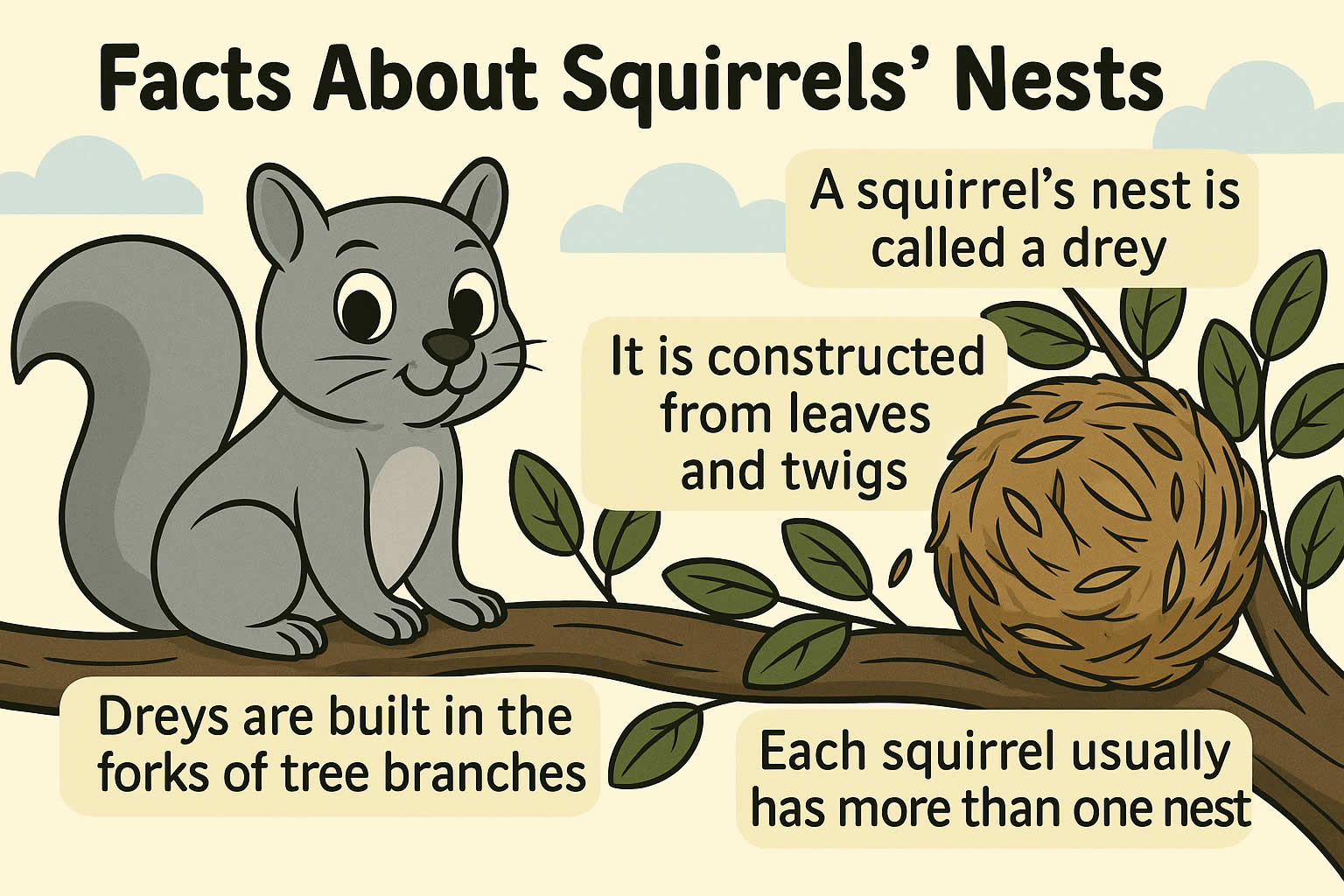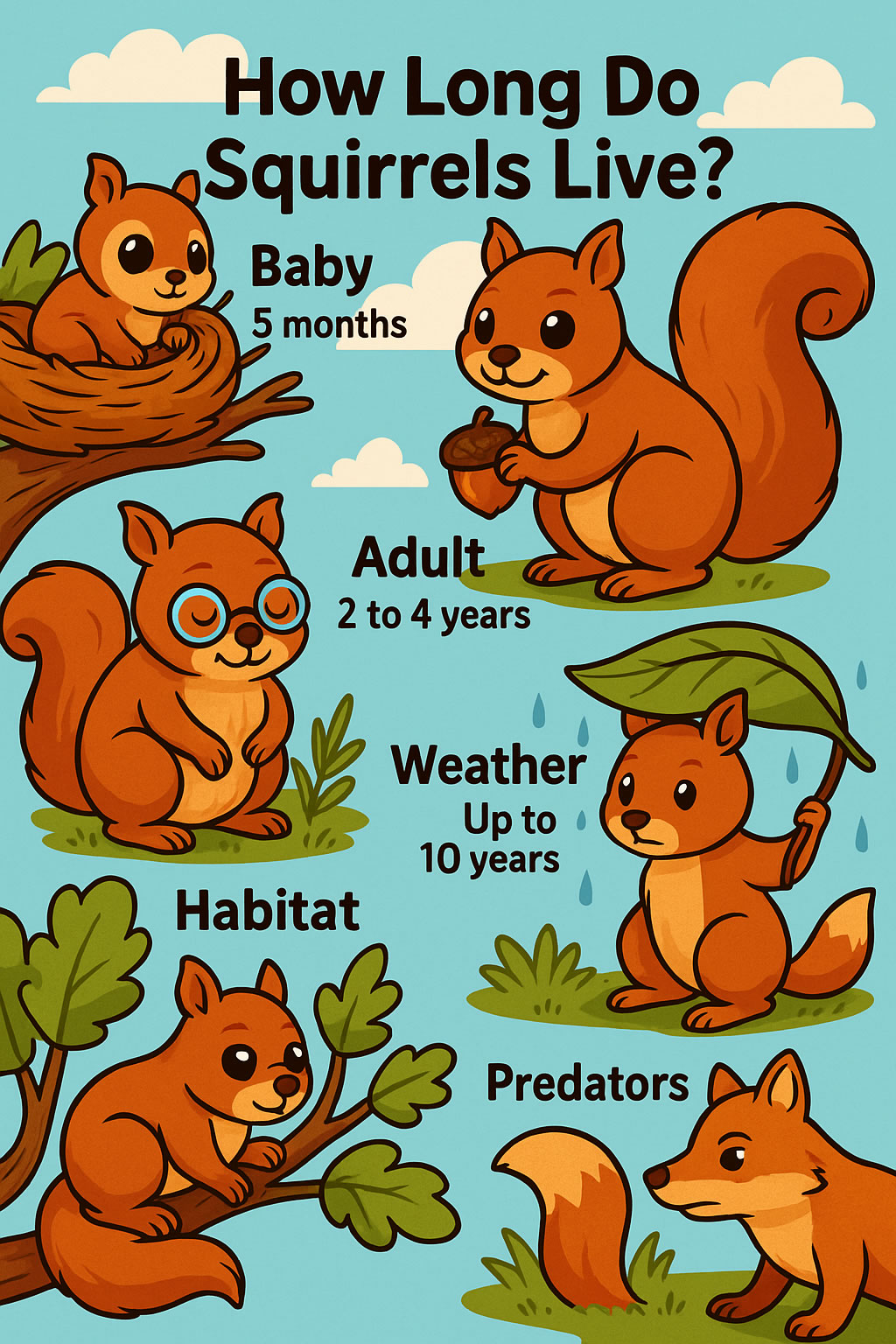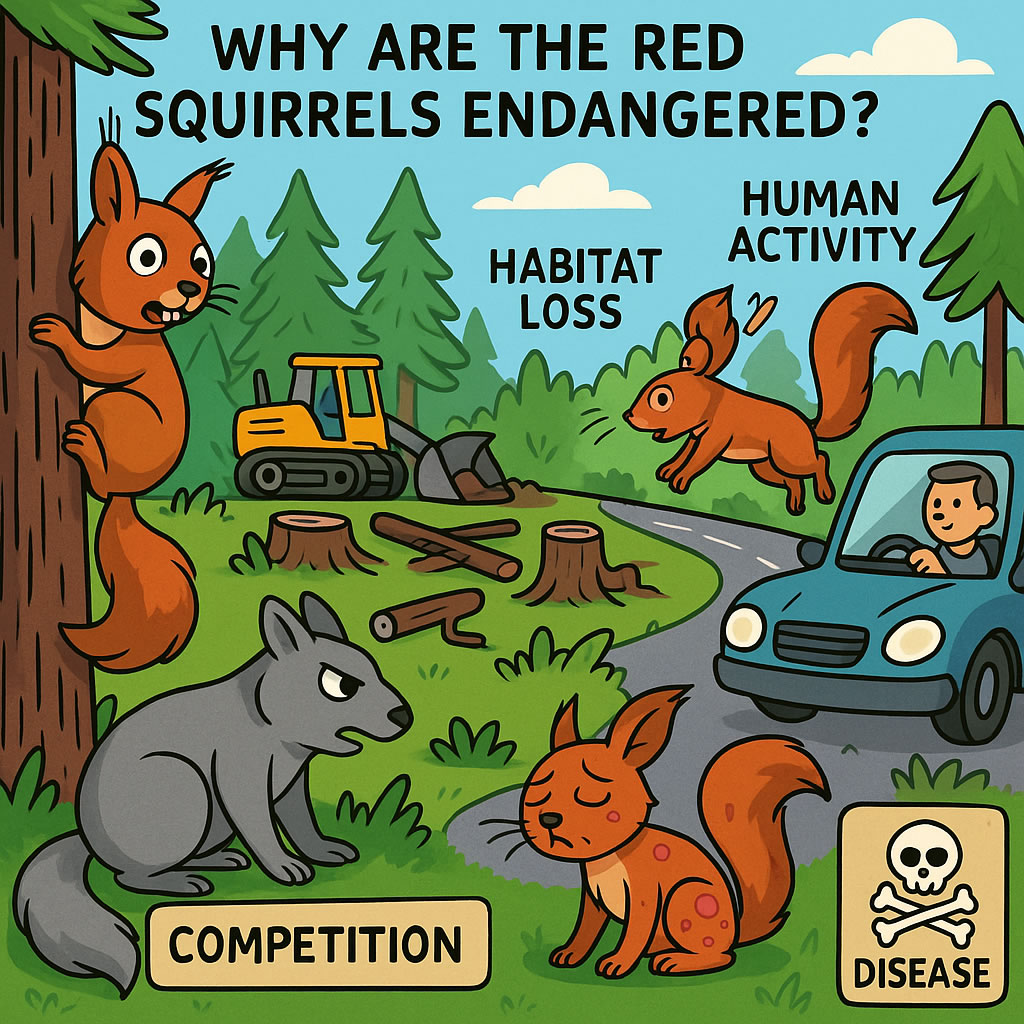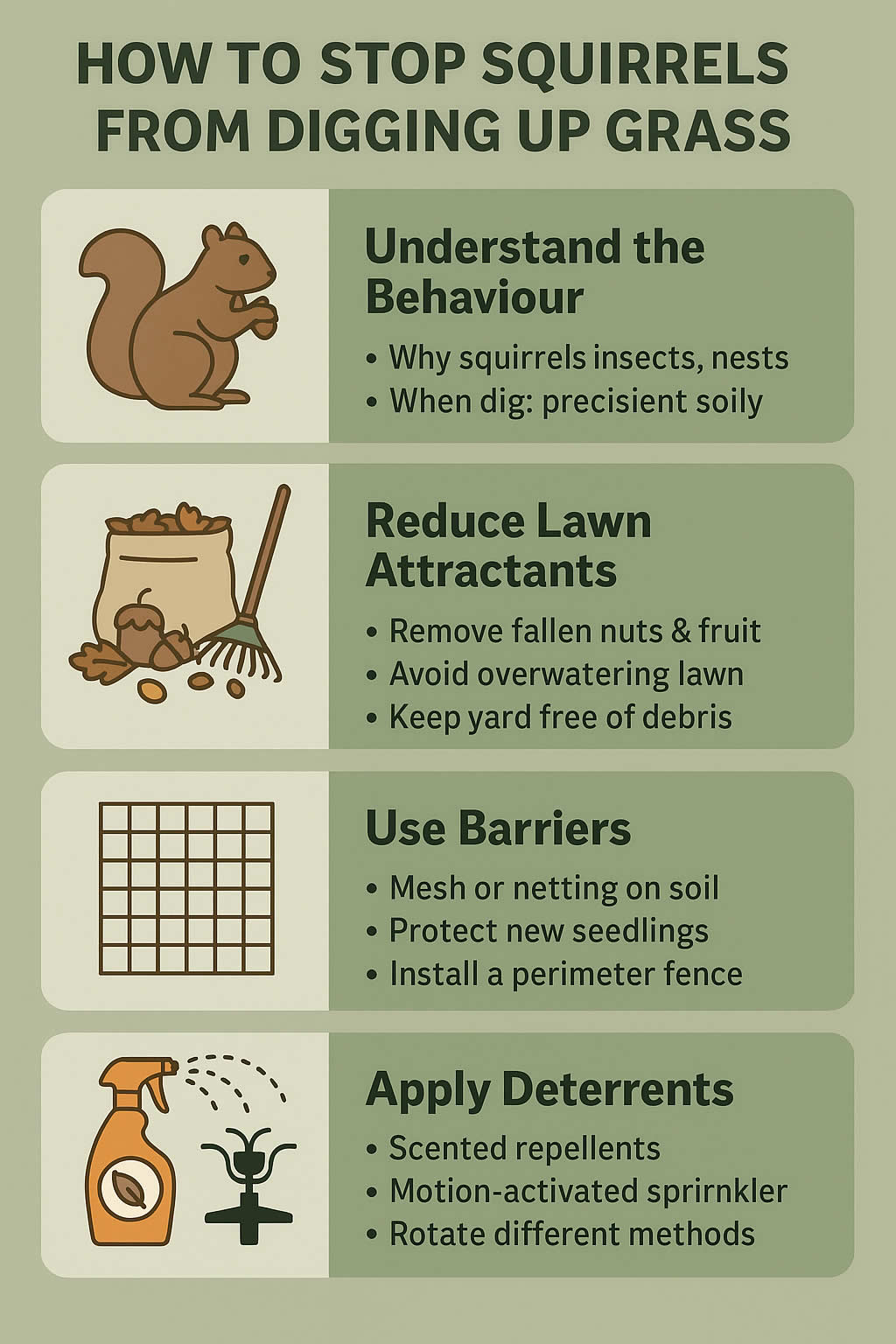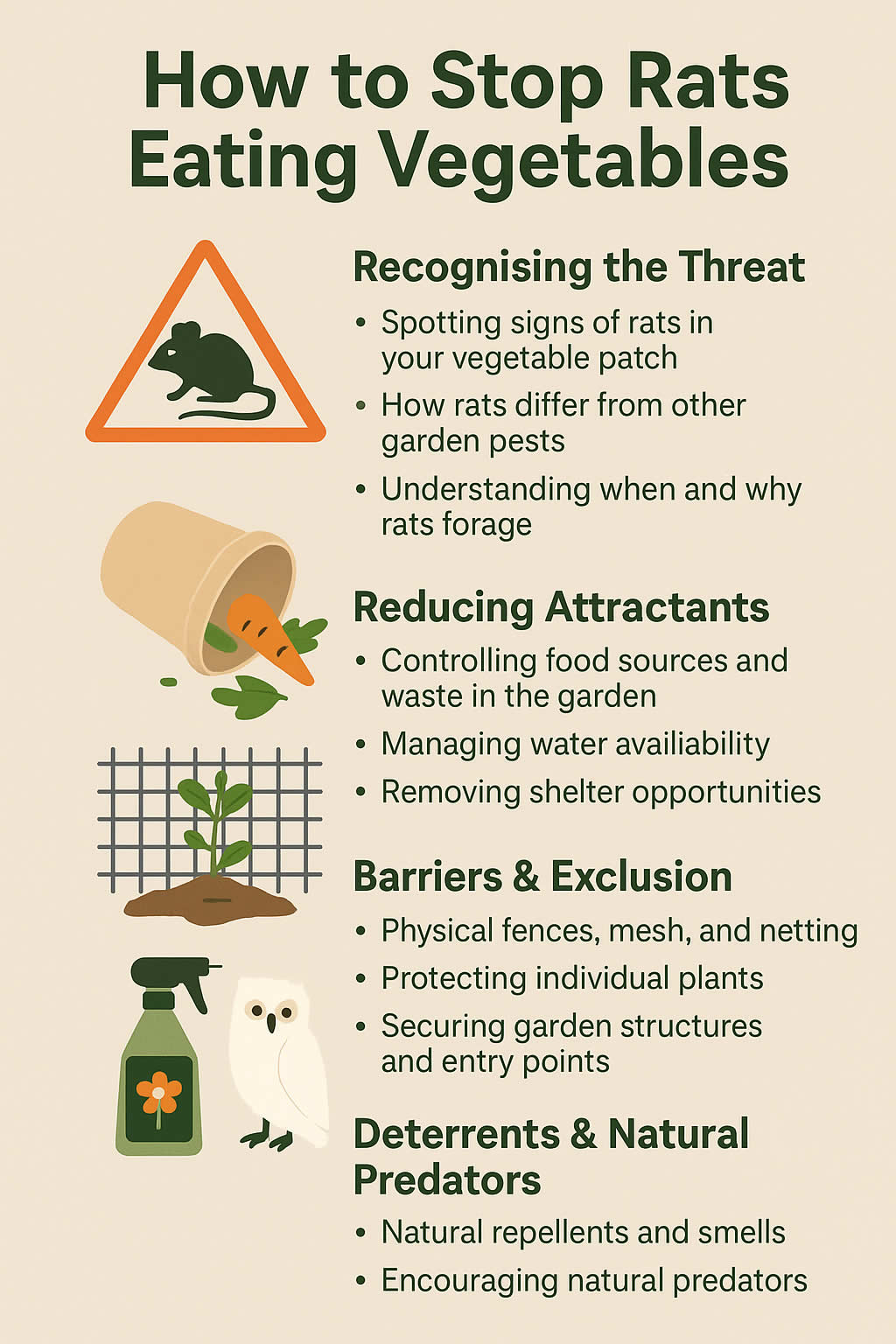Related Queries
ToggleAnts in your garden might seem harmless at first, but when they start nesting in your plant pots, it’s a different story. Suddenly, the soil feels loose, your plants begin to struggle, and the pot becomes a constant target for ant trails. You might water your plant and see ants rushing to the surface, or notice roots drying out despite your best efforts. It’s frustrating, especially when you’re trying to care for your plants and all you want is for them to thrive.
Ants don’t just pass through — when they choose your pots to nest in, they build colonies below the surface. These underground nests can disrupt root systems, attract other pests like aphids, and make your plant pot less healthy over time. That’s why it’s important to act early, understand what’s drawing them in, and make your pots less inviting in the future.
This guide walks you through why ants nest in pots, how to spot the signs, how to remove them safely, and what to do to keep them from coming back. Whether you’re growing herbs, flowers, or vegetables, this is about keeping your pots healthy, stable, and ant-free — without damaging your plants in the process.
Why Ants Nest in Plant Pots
To fix the problem, you need to know what’s causing it. Ants aren’t picking your pots by accident. They’re making a choice based on what your pot provides — warmth, shelter, dry soil, and access to food.
What Attracts Ants to Plant Pots
Plant pots, especially those kept outside, offer ants a perfect blend of things they like. Dry soil is one of the biggest factors. Ants prefer well-drained, loose soil because it’s easier to tunnel through. If the soil stays dry for long periods, or if it’s mixed with compost or bark that’s loose and crumbly, it makes their job easier.
Warmth plays a part too. Terracotta and plastic pots absorb heat, especially when placed in sunny spots. This creates a warm, dry shelter that ants will choose over cold, damp ground.
Food sources nearby also influence ant behaviour. If you’ve got plants that attract aphids or other sap-sucking insects, ants will often nest nearby to collect the honeydew they produce. Fertilisers and decomposing organic matter in the soil can also give off scents that draw ants in.
How Ants Behave Inside Pots
Once ants move into a plant pot, they don’t just stay near the surface. They tunnel down through the soil, often creating chambers or passageways that wrap around the root ball. These chambers protect the queen, larvae, and food stores.
Their movement through the soil can make it hollow or crumbly. Over time, this tunnelling weakens the structure around your plant roots and can make water drain unevenly — collecting in some places and running off in others.
Ants are extremely organised. If disturbed, they’ll often rebuild or relocate quickly. If they’re allowed to stay too long, the colony can grow large enough that they start spreading to other pots or areas of your garden.
Problems Ants Can Cause in Containers
You might be thinking: they’re just ants, what real harm can they do? But when ants nest inside your plant pots, the damage can be both visible and long-lasting.
The biggest issue is root disruption. As ants tunnel and shift the soil, they can expose or damage roots. This stops plants from absorbing water properly, which leads to wilting or slow growth — even if you’re watering regularly.
They can also protect pests like aphids. Ants “farm” aphids for their sugary secretion (honeydew) and will often attack or scare away natural predators like ladybirds. That means if aphids arrive on your plant, ants might actually help them thrive.
Lastly, nests can change how water behaves in the soil. You might notice water pooling in strange places or draining too quickly. Uneven watering can stress plants and affect nutrient uptake.
How to Spot Ant Activity in Your Pots
Catching the problem early makes all the difference. A small nest is much easier to deal with than a fully established colony. So it helps to know what to look for — both above and below the surface.
Signs You’ve Got a Nest in the Soil
One of the clearest signs is movement in the soil. When you water your plant, ants may rush to the surface or start scrambling around the rim of the pot. You might see loose, grainy soil sitting on top that looks like it’s been pushed up — a sign ants are tunnelling below.
Another thing to check is how the soil feels. If the top layer feels hollow, crumbles too easily, or seems drier than it should be, ants might have disturbed it. You can test this gently with a stick or pencil — if the soil collapses or caves in slightly, it could be because of underground chambers.
In more advanced cases, you might spot small mounds near the base of the pot or ants constantly climbing the plant stem.
Identifying Ant Trails Around Planters
Ants rarely stay hidden. Look around the pot — especially along walls, fences, or window sills — and you might spot a trail leading to or from the container. These trails can be hard to see at first, but once you follow the line, you’ll often find where they’re coming from.
Watching where the ants go helps you figure out if they’re just visiting the pot or actually living inside it. If the trail disappears into the soil, you’re almost certainly dealing with a nest.
Distinguishing Between a Few Ants and a Nest
A couple of ants on your plant pot doesn’t always mean you’ve got a nest. It’s normal for scout ants to wander through gardens looking for food or shelter. What matters is what happens over time.
If you keep seeing ants return to the same pot, or if the number grows day by day, it’s likely more than a few foragers. The moment you notice soil disturbance, visible trails, or repeated ant activity, it’s best to take action before they settle in fully.
Methods to Remove Ants from Plant Pots
Now let’s talk about getting rid of them — safely, effectively, and without damaging your plants. There are a few different approaches, and which one you use will depend on how bad the infestation is and what you’re comfortable using.
Water Displacement and Soil Drenching
If you catch the nest early, one of the simplest ways to evict ants is by making the pot an unsuitable home. You can do this by thoroughly soaking the soil — ants hate wet environments, and a sudden flood can collapse their tunnels and force them to move out.
Use a slow, steady flow of water and saturate the entire pot. If the plant can handle it, you can repeat this over a few days to keep the soil too damp for ants to rebuild.
For an extra push, try a mild citrus or soapy water drench. Mix warm water with a little washing-up liquid or lemon juice and pour it slowly into the pot. This doesn’t just disturb the nest — it disrupts the ants’ scent trails too.
Pros:
- Easy to do
- Doesn’t require harsh chemicals
- Safe for most plants
Cons:
- May need repeating
- Doesn’t always reach the queen if the colony is deep
Natural Deterrents and Barriers That Work
There are several natural products that can help deter ants from nesting or returning. These include:
- Cinnamon – Ants dislike the strong scent. Sprinkle it over the surface or around the pot base.
- Coffee grounds – Used grounds can be spread around the base as a scent-based deterrent.
- Neem oil – This plant-based oil disrupts insect hormones and can be mixed into water and poured into the soil.
- Diatomaceous earth – This fine powder dehydrates ants by damaging their outer shells. Apply a ring around the pot or mix lightly into the top layer of soil (avoid breathing it in during use).
These methods help to make the environment less appealing without harming your plants or pets.
Pros:
- Eco-friendly and chemical-free
- Easy to apply
- Can be used preventatively
Cons:
- May be less effective on large colonies
- Needs reapplying after rain or watering
Repotting as a Last Resort
If the nest is well established, or if the plant is struggling, repotting might be the best option. Carefully remove the plant, shake off as much soil as possible, and inspect the roots for ant activity.
Dispose of the old soil away from your garden, preferably in a sealed bag. Rinse the pot thoroughly or soak it in warm water with a little vinegar. Then replant in fresh, damp soil.
This gives your plant a clean start and removes the nest entirely.
Pros:
- Complete reset for the plant
- Eliminates nest fully
Cons:
- Stressful for the plant if done incorrectly
- Labour-intensive
Preventing Ants from Returning to Your Pots
Once you’ve dealt with the nest, the goal is to keep ants away for good. Prevention is all about making the pot a place ants no longer want to live.
Improve Drainage and Moisture Balance
Soil that’s consistently dry will always attract ants. Try adding sand, grit, or perlite to your potting mix to improve drainage while helping retain the right amount of moisture.
Make sure water drains well and that you’re watering regularly without letting the soil become bone dry between sessions. The goal is a balanced soil that’s neither soggy nor dry — just right for plant health and unsuitable for ants.
Keep the Pot Area Clean and Ant-Unfriendly
Ants will stay close to food. That includes sugary sap from plants, dropped petals or fruit, and any spilled fertiliser or mulch. Keep the area around your pots tidy. Remove debris, clear fallen leaves, and rinse off sugary residues on foliage.
Avoid over-fertilising, especially with organic feeds that might attract ants or aphids. Keep your outdoor space clean and they’re less likely to settle near your containers.
Use Natural Repellents or Pot Feet for Protection
Lifting pots off the ground helps improve airflow and drainage — but it also makes it harder for ants to climb in. Use pot feet, bricks, or stands to raise containers and reduce contact with the soil below.
You can also create barriers using materials ants avoid — like lines of cinnamon, citrus peel, or mint leaves — placed around the base of pots. These can help break trails and make it harder for ants to gain access again.
Our Final Say!
Ants nesting in your plant pots might seem like a small problem at first, but if you ignore it, it doesn’t stay small for long. Their colonies grow quickly, their tunnels disturb root systems, and they make life harder for both your plants and you.
But the good news is — you can stop it. Whether you choose to drench the soil, use natural repellents, or repot completely, the right method is out there. The key is to act early, be consistent, and make your pots a place ants don’t want to be.
And once the nest is gone, stay one step ahead. Keep the soil healthy, the area clean, and the environment less inviting to pests. That way, your plants get the space they need — without the underground tenants they don’t.
Wasp Nest Removal Derbyshire – Rat Infestation Herefordshire – Wasp Removal Buckinghamshire
